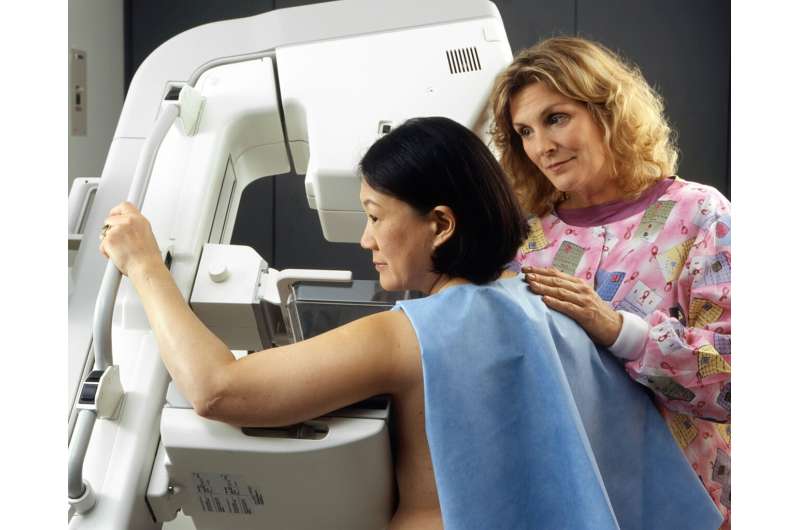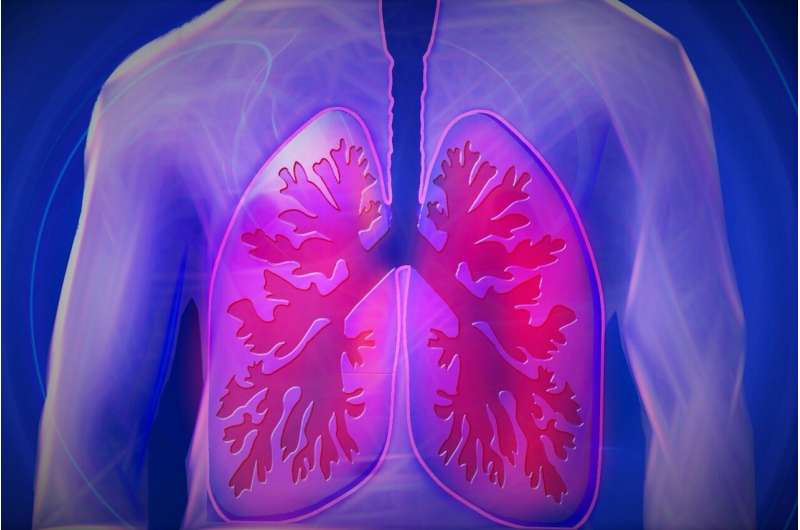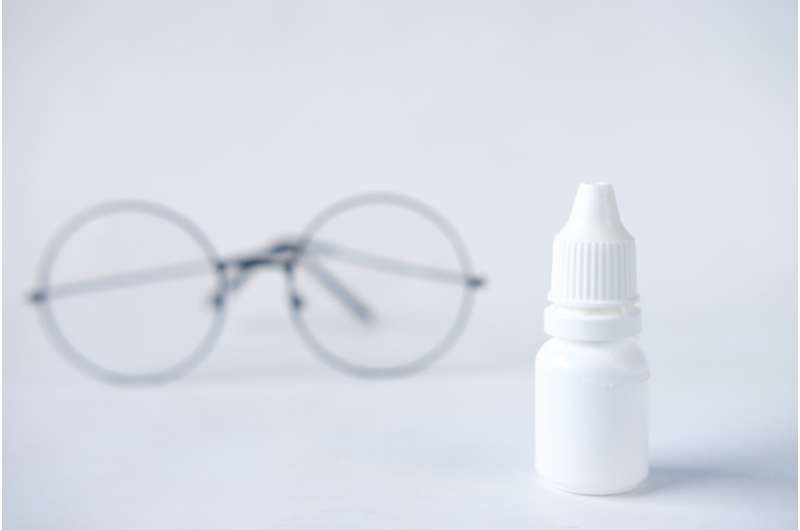Innovative AI Use in Mammograms Enables Dual Screening for Women's Heart Health

A groundbreaking AI algorithm analyzes routine mammograms to predict women's cardiovascular risk, offering a cost-effective, dual screening method for early detection of heart disease.
Recent research published in the journal Heart highlights an innovative application of artificial intelligence (AI) that transforms routine mammogram screenings into a dual-purpose test, providing valuable insights into women’s cardiovascular risk. By analyzing standard mammogram images along with age data, an AI algorithm can predict a woman's likelihood of developing major cardiovascular diseases—such as coronary artery disease, heart attacks, strokes, or heart failure—with accuracy comparable to traditional risk assessment methods.
This breakthrough leverages existing mammography infrastructure, making it a cost-effective strategy for early detection of cardiovascular risk. Since cardiovascular disease remains underdiagnosed and undertreated in women, and current risk prediction models often underperform in this population due to complex data requirements, this AI approach offers a promising alternative.
The study involved nearly 50,000 women in Victoria, Australia, with an average age of 59, tracked over an average of almost nine years. The researchers developed an AI model that assesses the internal breast structure and tissue characteristics from routine mammogram images, combined with age, to estimate the 10-year cardiovascular risk.
Remarkably, this AI model performed on par with, or slightly better than, existing risk scores like New Zealand’s PREDICT and the American Heart Association’s PREVENT calculators, which depend on extensive clinical data that is not always readily available.
This method's key advantage is that it does not require additional medical history collection, making it a seamless addition to standard screening processes. The researchers suggest that mammography could serve as a ‘‘two-for-one’’ screening tool—screening for breast cancer and simultaneously assessing cardiovascular risk—potentially increasing early detection and preventive care in women.
Experts believe this approach may also raise awareness about women’s heart health, which is often overlooked, and encourage earlier intervention. However, they acknowledge challenges in implementing new diagnostic tools, such as variability in imaging equipment and the reliance on training data for AI models.
In an accompanying editorial, University of Sydney researchers emphasized that since breast cancer accounts for only about 10% of global female deaths, raising awareness about cardiovascular disease through mammography could significantly impact women's health outcomes. They note that integrating AI-based risk assessment into existing screening programs could be a crucial step in addressing the gender disparities in cardiovascular health.
Source: https://medicalxpress.com/news/2025-09-ai-algorithm-mammograms-women-heart.html
Stay Updated with Mia's Feed
Get the latest health & wellness insights delivered straight to your inbox.
Related Articles
Breakthrough in Lung Transplant Technology: Portable Preservation System Enhances Outcomes for Extended Criteria Donor Lungs
Baylor College of Medicine confirms that the portable Organ Care System improves lung transplant outcomes from extended criteria donors, expanding the donor pool and benefitting recipients long-term.
Innovative Eye-Gaze Tracking Technique Revolutionizes Memory Assessment in Non-Verbal Patients
A new eye-gaze tracking method enables nonverbal assessment of memory, offering hope for improved diagnosis in silent or non-speaking patients and children.
The Vital Role of Nursing in Managing Rheumatic Musculoskeletal Diseases
Recent research confirms that nurses are vital in managing and supporting patients with rheumatic musculoskeletal diseases, enhancing care and reducing healthcare costs.



